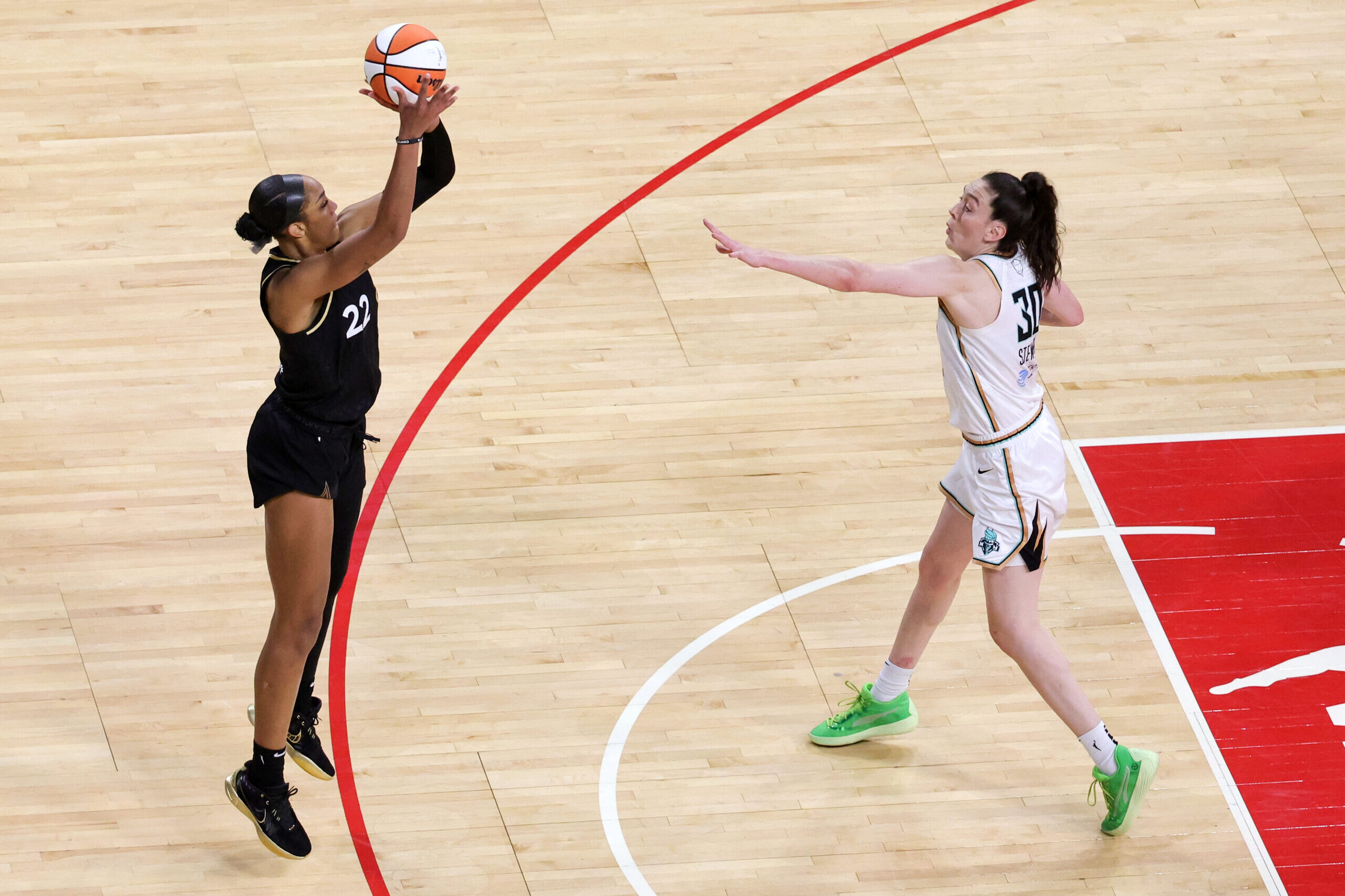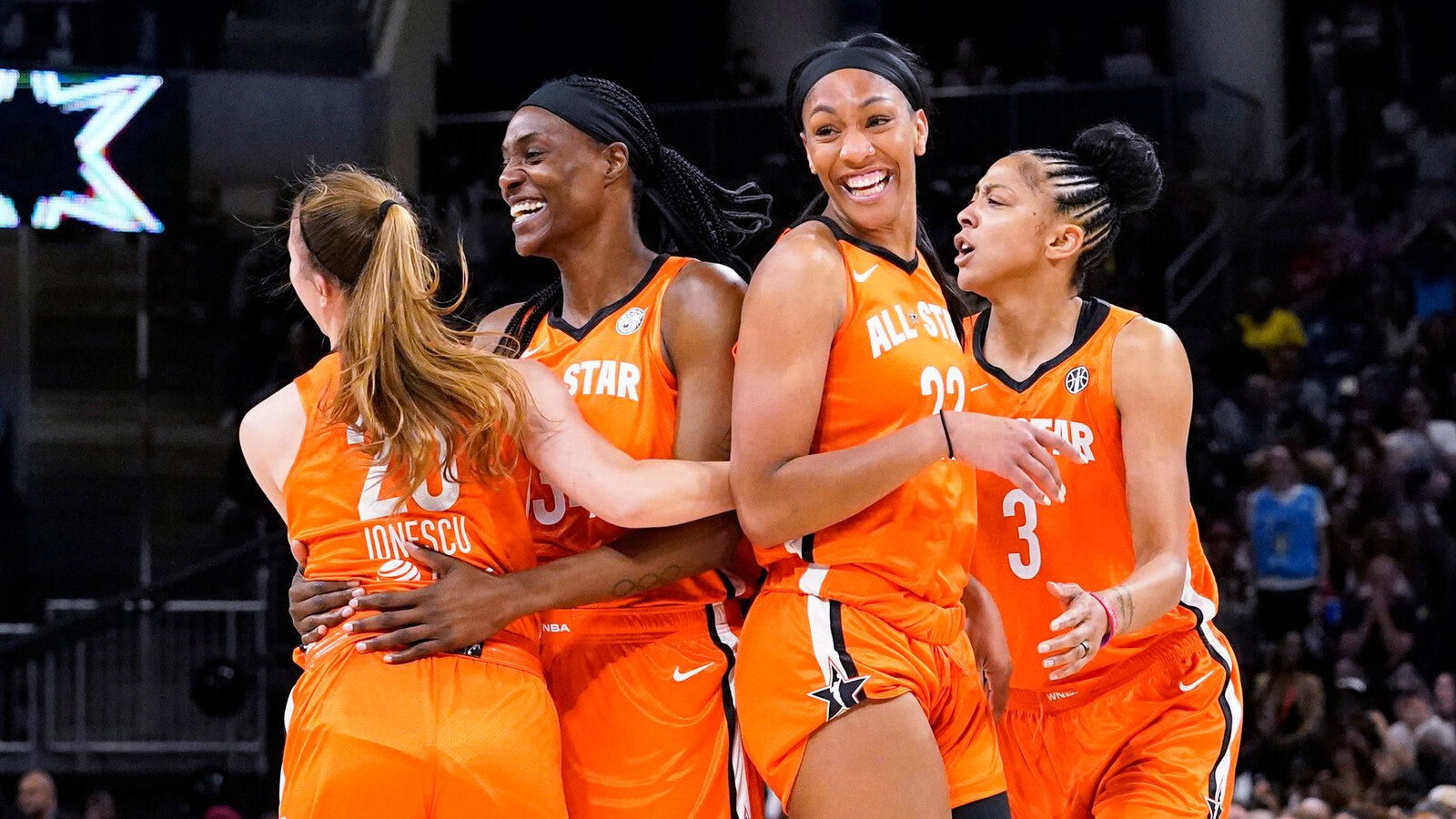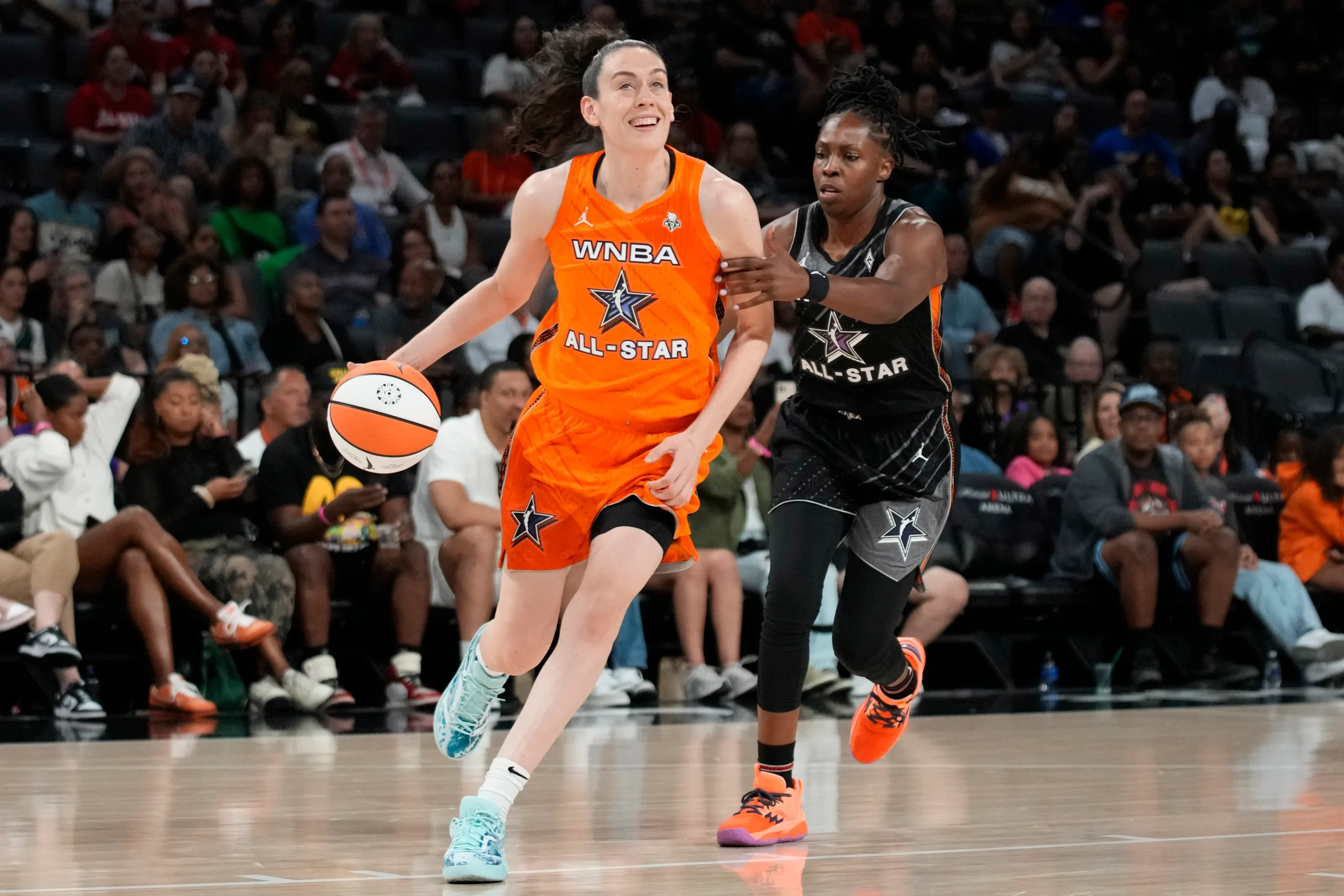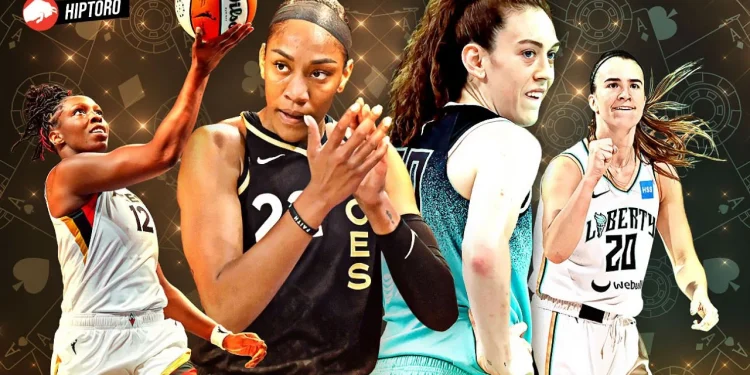In the world of professional basketball, the wage packets are as varied as the game plays. On the surface, A’ja Wilson of the WNBA rakes in an impressive $200,000 annually, a figure that many upcoming players in the league can only envisage. But beneath this glossy facade lies a stark disparity that divides the WNBA and NBA like never before.

WNBA: A Story of Grit and Undervalued Glory
The WNBA stands tall as a beacon of women’s basketball, where becoming a pro is no small feat. It’s a journey that starts from the high school courts, elevates through the collegiate league, and peaks for those who showcase exceptional talent and unmatched dedication.
However, not all that glitter is gold in the WNBA. Consider the rookies: a first-round draft pick steps into the league with a base salary of $74,305, which modestly increases over the following two years. But those drafted in later rounds start with a mere $62,285. This sum pales in comparison to the six-figure salaries of the top players, reflecting a tiered pay structure within the league itself.
Names like Mikayla Pivec and Anneli Maley might not echo across the halls of fame yet, but they embody the undervalued tiers of the WNBA, earning base salaries that don’t even breach the halfway mark of their highest-paid counterparts.

NBA: The Lucrative Landscape of Men’s Basketball
On the flip side, the NBA is a commercial juggernaut, generating an eye-watering $7.92 billion in annual revenue, which is leagues ahead of the WNBA’s $60 million. This colossal difference is echoed in the players’ salaries, with the likes of Stephen Curry bagging around $40 million a year – a staggering contrast to the humble earnings of WNBA players.
Even at the bottom of the NBA salary scale, a player earns roughly $1.1 million annually, setting a financial echelon that seems worlds apart from the WNBA’s structure.
What is this and why does it have more fans than the WNBA pic.twitter.com/goiT9ULiJv
— ホワイトタイガ (@KanjiToraa) November 3, 2023
Bridging the Gap: A Quest for Equity
The debate surrounding this inequity is not new, yet a resolution remains elusive. Discussions often boil down to the disparity in revenue and viewership between the two leagues. Some argue that gender should not dictate paychecks, while others point to the market dynamics that naturally favour the more lucrative NBA.
Despite these debates, a collective yearning for equality persists. Advocates for women’s sports are vocal in their desire for female athletes to be recognized and rewarded on par with their male counterparts.

Conclusion: The Pursuit of Parity
The ongoing dialogue about the WNBA-NBA pay gap is more than a comparison of numbers. It’s a reflection of a society grappling with gender norms and the valuation of athleticism. As fans cheer from the stands, there’s a growing hope that the day will come when the scales of pay tip towards a more balanced reflection of the dedication and skill that all professional athletes bring to the court.










